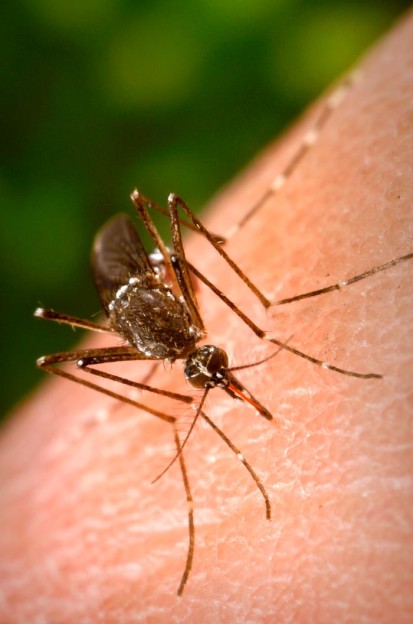After a brutal dengue season earlier this year in Vietnam, the numbers of cases are steadily decreasing. Through Oct. 15, the country has reported 152,924 cases of dengue, including 30 deaths.

While the number of cases are higher than previous years, a definite downward trend is being seen. For example, in the two most recent weeks recorded, Vietnam saw a nearly 20 percent reduction of cases week-to-week.
The Central-coastal and the Southern regions of the country were most affected in 2017. In Ha Noi, as of 15 October 2017, there were approximately 33,600 dengue cases recorded including seven deaths.
Dengue is a viral infection transmitted by the bite of an infected mosquito. There are four closely related but antigenically different serotypes of the virus that can cause dengue (DEN1, DEN 2, DEN 3, DEN 4).
- Dengue Fever (DF) – marked by an onset of sudden high fever, severe headache, pain behind the eyes, and pain in muscles and joints. Some may also have a rash and varying degree of bleeding from various parts of the body (including nose, mouth and gums or skin bruising).Dengue has a wide spectrum of infection outcome (asymptomatic to symptomatic). Symptomatic illness can vary from dengue fever (DF) to the more serious dengue hemorrhagic fever (DHF).
- Dengue Hemorrhagic Fever (DHF) – is a more severe form, seen only in a small proportion of those infected. DHF is a stereotypic illness characterized by 3 phases; febrile phase with high continuous fever usually lasting for less than 7 days; critical phase (plasma leaking) lasting 1-2 days usually apparent when fever comes down, leading to shock if not detected and treated early; convalescence phase lasting 2-5 days with improvement of appetite, bradycardia (slow heart rate), convalescent rash (white patches in red background), often accompanied by generalized itching (more intense in palms and soles), and diuresis (increase urine output).
- Dengue Shock Syndrome (DSS) — Shock syndrome is a dangerous complication of dengue infection and is associated with high mortality. Severe dengue occurs as a result of secondary infection with a different virus serotype. Increased vascular permeability, together with myocardial dysfunction and dehydration, contribute to the development of shock, with resultant multiorgan failure.
Related:
- North Korea battles typhoid outbreak in Ryanggang Province
- Legionnaires’ disease cluster reported in downtown Flushing, Queens
- Leptospirosis cases rise in Puerto Rico, May become more prevalent
- Virginia: Salmonella detected in Crab Shack Clam Chowder, 180 sickened to date in outbreak
- Candida auris: Rutgers researchers awarded $300K to study fungal pathogen
- Parasites 101: Whipworm
- Gnathostomiasis identified as cause of Australian teen’s illness years after infection

